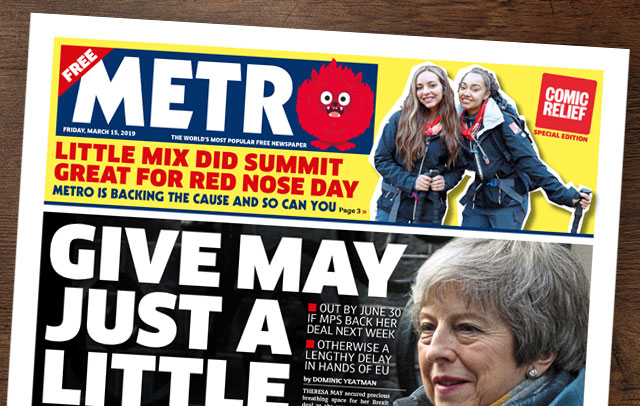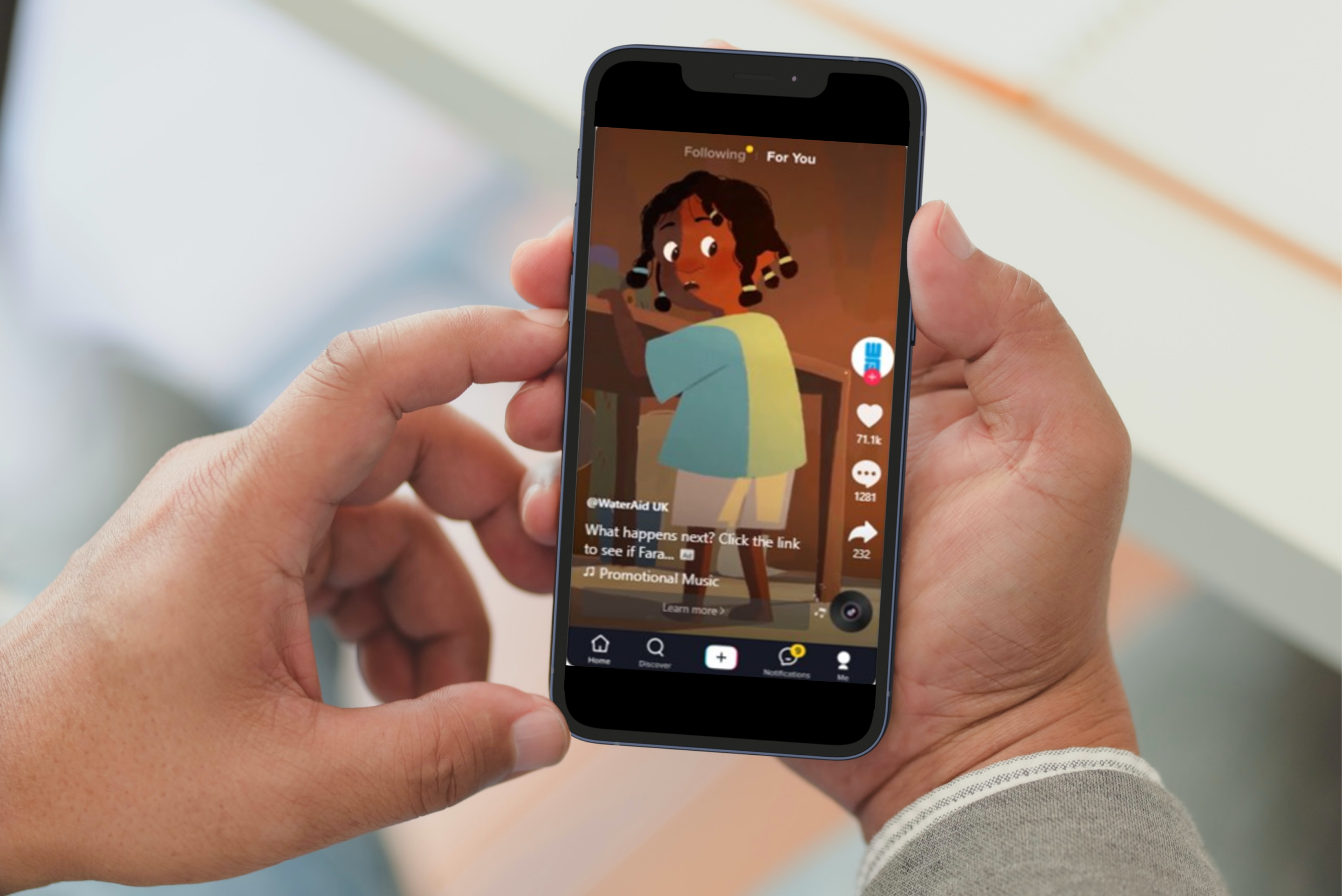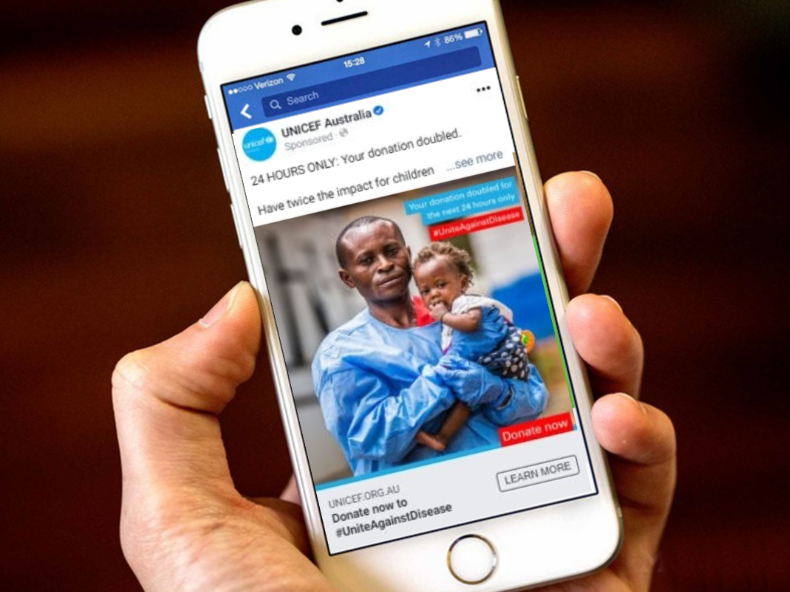It would be an understatement to say that the 2000’s version of the roaring twenties has got off to a rocky start. The decade has consistently had a “living through history” atmosphere, which doesn’t appear to be going away anytime soon… not to sensationalise at all.
Just to make these turbulent times as intense as possible, we are bombarded with bulletin style spin at every conceivable angle. While sensationalism is not a new thing (propaganda being a tale as old as time), the unfiltered access to online misinformation has made us sceptical; with 63% of UK adults concerned about whether the news they consume online is real or fake [1]. This is not an unexpected reaction when a recent PEW research study revealed that when asked to differentiate fact from opinion, the average American scored only marginally higher than random guesswork [2].
But what does this have to do with NGO’s?
Trust is vital for charities. It is crucial for the organic communication of the importance of their work, and all revenue sources depend fully on it. Without trust, charities simply do not function.
But these are not trustworthy times and the abundant presence of such misinformation – and the increased scepticism it has triggered – presents ample issues for NGO growth. The sector specific misinformation challenges are starkly demonstrated by the recent uplift in fake giving sites, with the BBC recently highlighting the existence of hundreds of websites exploiting The Ukraine War for personal gain, under the guise of collecting money for well-known charities [3].
New and establishing NGOs are increasingly going to struggle to generate this all-important trust in such a volatile online environment. Online distrust is especially concerning for charities development due to the current reliance on the +75-age group for revenue. There’s been limited growth in charitable giving amongst younger audiences across the past decade [4], and this naturally needs to be established as a priority to ensure the sector survives. But these audiences are digitally focussed. Under forties who are donating are donating digitally (with 63% of Gen Z donations generated through online giving)[5], and therefore building digitally centred brand trust is going to be vital for charities to maintain and grow their income streams. The task has never been trickier, but with a sustained strategy and tailored creative focus it is possible for charities to cut through the sensationalist chatter and establish brand authenticity and trust in the online sphere.
1. Build Awareness
Strategically: Invest heavily across a small level of committed channels while asking for a nominal cash donation. Be realistic. Be efficient. Be transparent. Commit to the long game.
Creatively: Creative partnerships with established brands and the utilisation of celebrity and influencer creative can help foster immediate trust and familiarity to warm up your colder, sceptical, audiences. This has been seen to be particularly effective with younger audiences and can trigger up to 40% uplift in support amongst under 40’s [6].
Here’s one we prepared earlier

2. Develop Understanding & Value
Strategically: Integrate Brand Response to establish trust between Consumer and Charity. Frequency is essential here to build familiarity.
Creatively: Story telling creative is key here to build the understanding of respective causes. Fact checking and demonstrating clear USPs for your cause by letting personal stories shine, connecting with universal truths, and creating a two-personal conversation between charity and consumer will be instrumental in ensuring your supporters are continuously warmed up.
Here’s one we prepared earlier

3. Maintain the relationship
Strategically: Ensure you’re continuously evolving and adapting the cause and reiterating its value to both warm and cold consumers.
Creatively: Maintaining donors through a refined balance of need and solution based creative while showing progress towards your NGO’s end goal will help retain brand loyalty. Expand out your product asks to diversify revenue streams as your warm audiences become increasingly committed to your cause.
Here’s one we prepared earlier

As with all things in ad-land, the job is never over, but by treating these three core building blocks as a continuous holistic cycle, you can enhance reach, reputation, and revenue to increase your charities digital competitiveness and aid long term growth. To leave you on a slightly gloomy note, during these uncertain times its beneficial to consider that brand loyalty and trust are crucial in helping weather turbulent socio-economic periods. Consequently – with the current economic outlook looking bleak, the sooner charities can start building this trust, the better.
